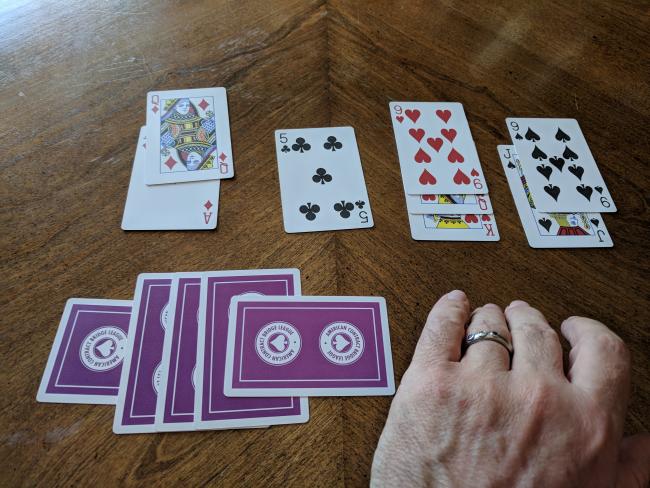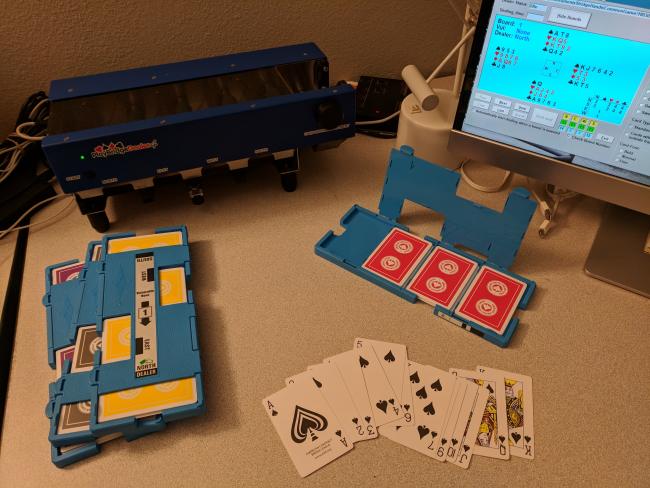Where did my chat window go?
Chat on BBO (Bridge Base Online) can be annoying and distracting, or it can be essential and important. During a tournament, important messages might come from the tournament director, your opponents, even your partner between rounds.
There's a common problem with the chat window not appearing on the screen. It's a little more difficult to address the problem on a tablet, but I'll show you how to make sure your chat window is in view in a computer browser (such as Chrome, Firefox, Edge, or Safari).
This is the normal layout of a BBO table, using the default settings (with Split Screen turned on):









